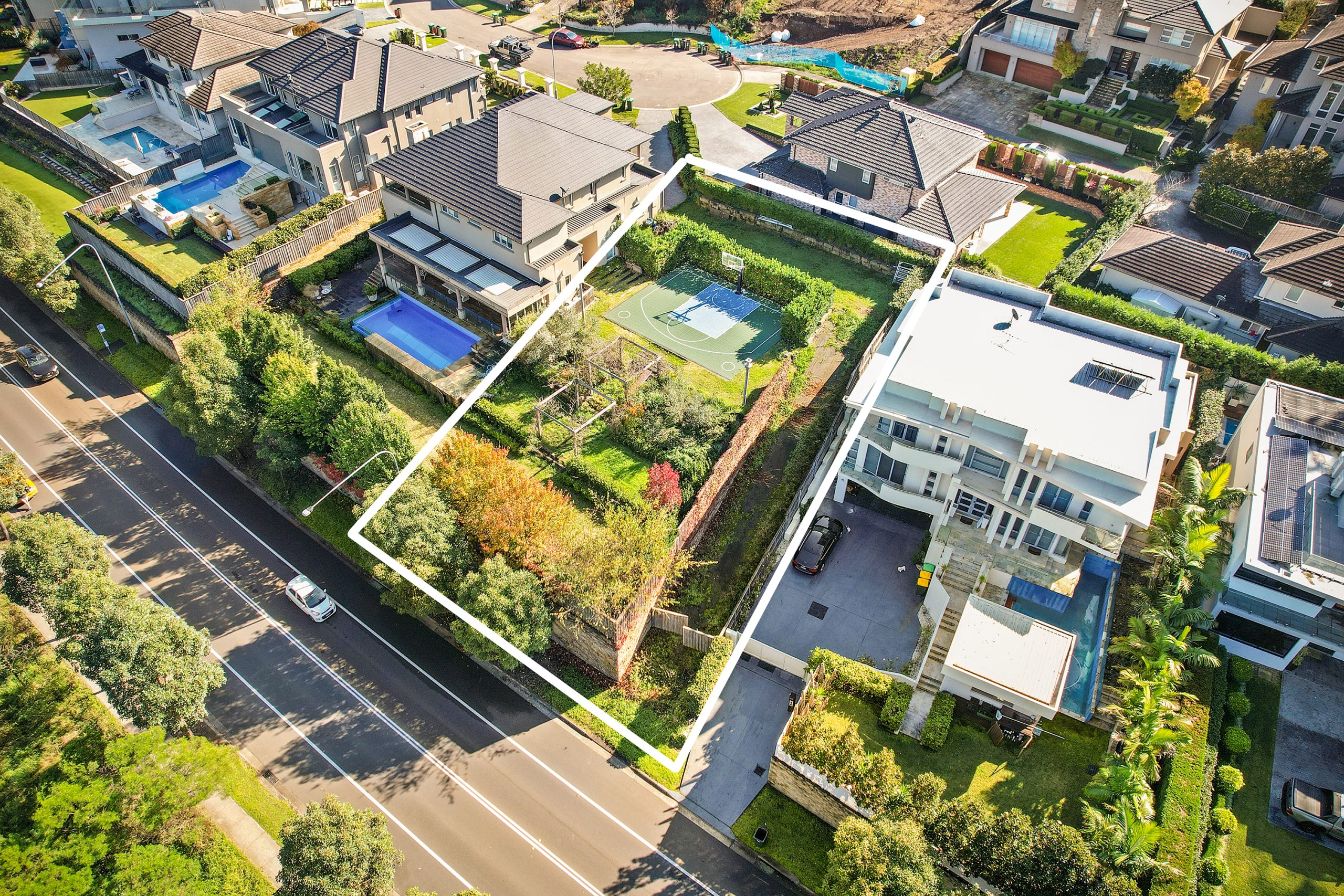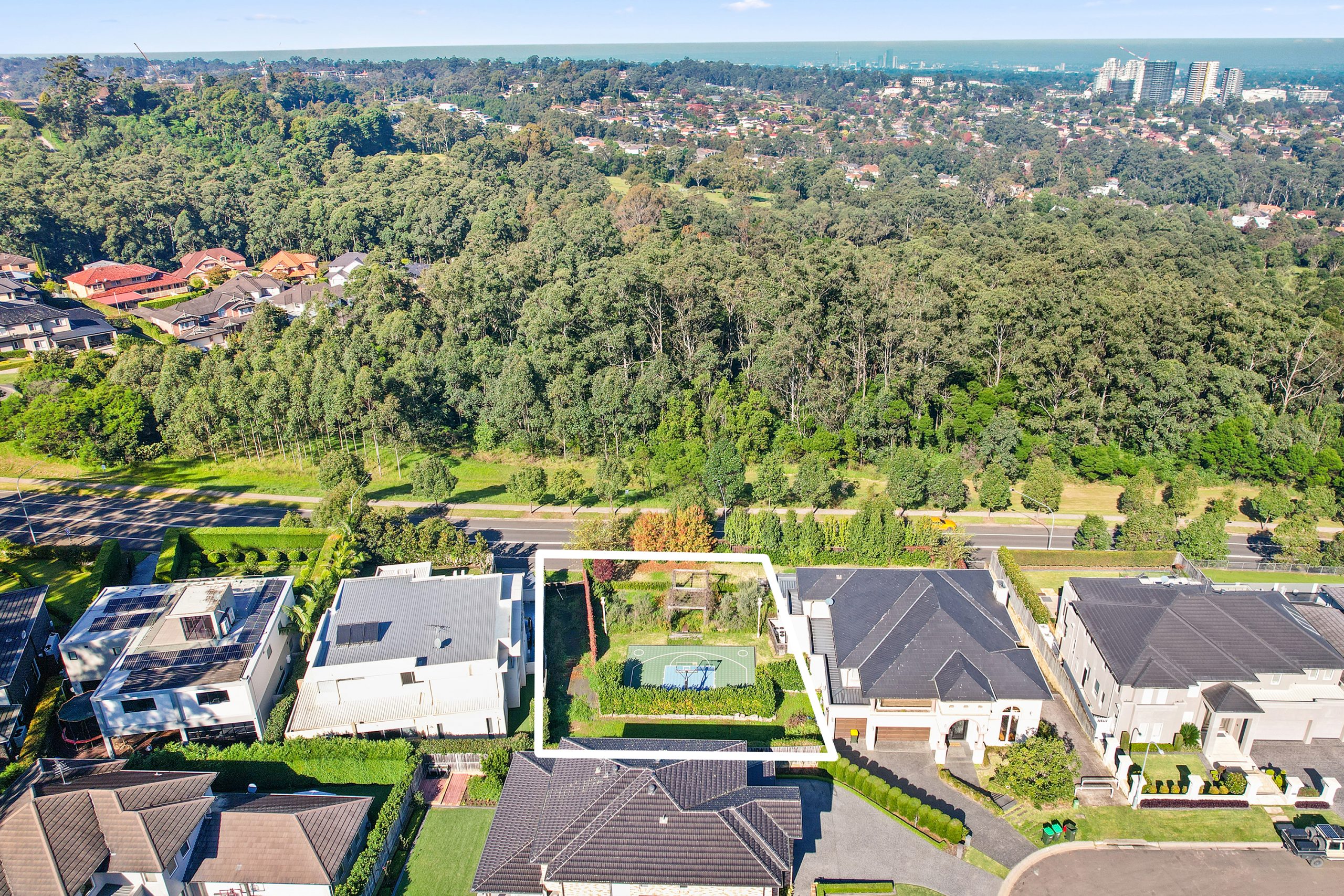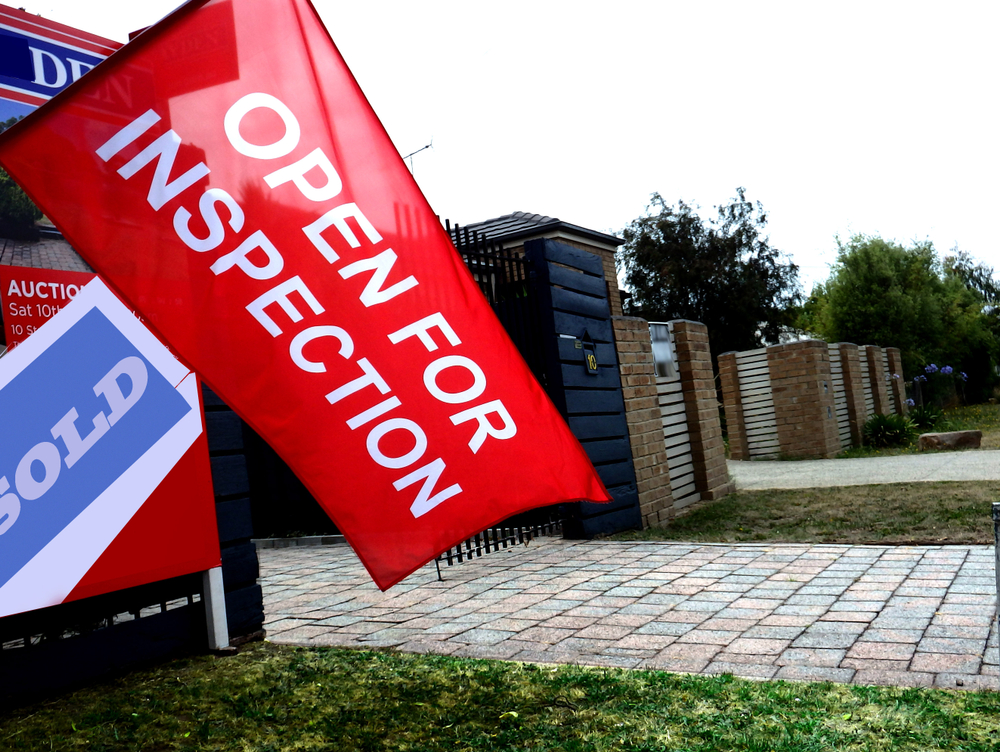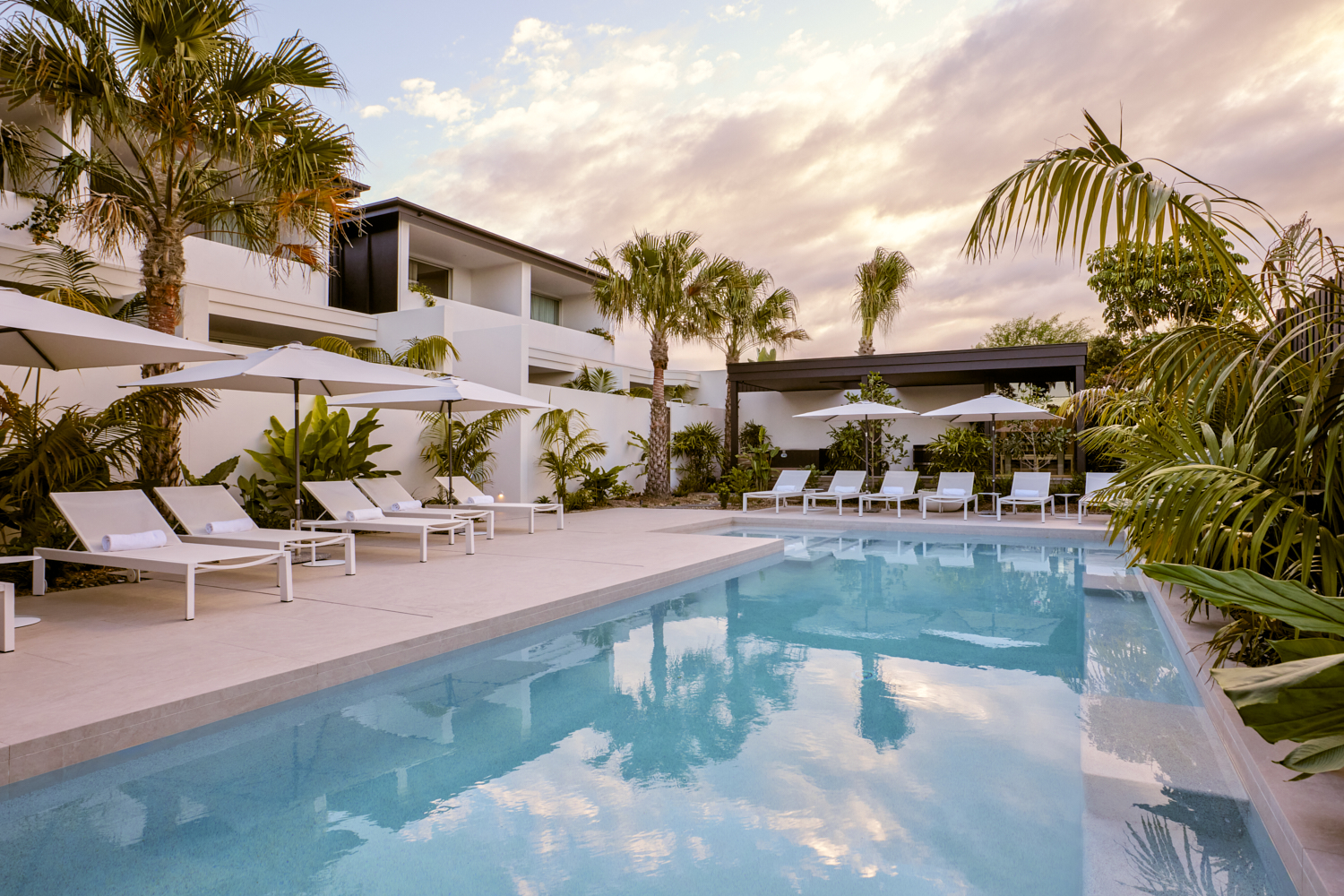A covetable $2m KDR site complete with basketball court for sale in the Hills District
The ball is in the buyer’s court with this knockdown/rebuild opportunity
Glenhaven in Sydney’s Hills District is one of those areas that locals tend to keep to themselves. Leafy with large blocks on offer, the suburb takes its name from its valley location, with the northern end originally known as the Glen and the southern end called the Haven.
En route from Parramatta to the Hunter, Glenhaven has become an ideal place for growing families in search of a little more space, or even room to house several generations under one roof.
The challenge is finding properties that tick all the right boxes.
As demand for trades and supply chain issues continue to ease, now could be the right time for a knockdown/rebuild project for would-be buyers looking to create their dream home.
Fairmont Homes specialises in knockdown/rebuild projects in Sydney. General manager at Fairmont Homes, Daniel Logue, said there are key features to look for when choosing a knockdown/rebuild site.
“The key items we look for are the site falling to the street, not to the rear, to help with stormwater drainage as well as access to the site,” he said. “Neighbouring property front setbacks are also important. In some older areas, the older houses are set closer to the street, meaning your new home will have to be set to suit.
“Value for money and the return on the end sale price of the home is another issue.”
If possible, he said designing a home that meets the criteria of the Complying Development legislation will speed up approvals considerably.
While suitable knockdown/rebuild sites can be hard to find in Glenhaven, there are still hidden opportunities if you know where to look.
One block at 158 Gilbert Road, Glenhaven is ideally suited for rejuvenation. With almost 850sqm to play with, it slopes down to the street and sits between neighbouring properties that have already been stylishly updated.

An existing basketball court at the rear could provide the perfect teen backdrop to a family home, or it could make way for a larger house with landscaped gardens and pool. Alternatively, it could be the perfect position for a cabana or granny flat to serve as in-law accommodation or a source of secondary income.
With recent sales of completed homes in nearby streets reaching well above $5 million, it’s a great opportunity to make a slam dunk of a buy into one of Sydney’s best kept secrets.
A divide has opened in the tech job market between those with artificial-intelligence skills and everyone else.
A 30-metre masterpiece unveiled in Monaco brings Lamborghini’s supercar drama to the high seas, powered by 7,600 horsepower and unmistakable Italian design.
Buyer demand, seller confidence and the First Home Guarantee Scheme are setting up a frantic spring, with activity likely to run through Christmas.
The spring property market is shaping up as the most active in recent memory, according to property experts Two Red Shoes.
Mortgage brokers Rebecca Jarrett-Dalton and Brett Sutton point to a potent mix of pent-up buyer demand, robust seller confidence and the First Home Guarantee Scheme as catalysts for a sustained run.
“We’re seeing an unprecedented level of activity, with high auction numbers already a clear indicator of the market’s trajectory,” said Sutton. “Last week, Sydney saw its second-highest number of auctions for the year. This kind of volume, even before the new First Home Guarantee Scheme (FHGS) changes take effect, signals a powerful market run.”
Rebecca Jarrett-Dalton added a note of caution. “While inquiries are at an all-time high, the big question is whether we will have enough stock to meet this demand. The market is incredibly hot, and this could lead to a highly competitive environment for buyers, with many homes selling for hundreds of thousands above their reserve.”
“With listings not keeping pace with buyer demand, buyers are needing to compromise faster and bid harder.”
Two Red Shoes identifies several spring trends. The First Home Guarantee Scheme is expected to unlock a wave of first-time buyers by enabling eligible purchasers to enter with deposits as low as 5 per cent. The firm notes this supports entry and reduces rent leakage, but it is a demand-side fix that risks pushing prices higher around the relevant caps.
Buyer behaviour is shifting toward flexibility. With competition intense, purchasers are prioritising what they can afford over ideal suburb or land size. Two Red Shoes expects the common first-home target price to rise to between $1 and $1.2 million over the next six months.
Affordable corridors are drawing attention. The team highlights Hawkesbury, Claremont Meadows and growth areas such as Austral, with Glenbrook in the Lower Blue Mountains posting standout results. Preliminary Sydney auction clearance rates are holding above 70 per cent despite increased listings, underscoring the depth of demand.
The heat is not without friction. Reports of gazumping have risen, including instances where contract statements were withheld while agents continued to receive offers, reflecting the pressure on buyers in fast-moving campaigns.
Rates are steady, yet some banks are quietly trimming variable and fixed products. Many borrowers are maintaining higher repayments to accelerate principal reduction. “We’re also seeing a strong trend in rent-vesting, where owner-occupiers are investing in a property with the eventual goal of moving into it,” said Jarrett-Dalton.
“This is a smart strategy for safeguarding one’s future in this competitive market, where all signs point to an exceptionally busy and action-packed season.”
Two Red Shoes expects momentum to carry through the holiday period and into the new year, with competition remaining elevated while stock lags demand.
Micro-needling promises glow and firmness, but timing can make all the difference.
When the Writers Festival was called off and the skies refused to clear, one weekend away turned into a rare lesson in slowing down, ice baths included.




















